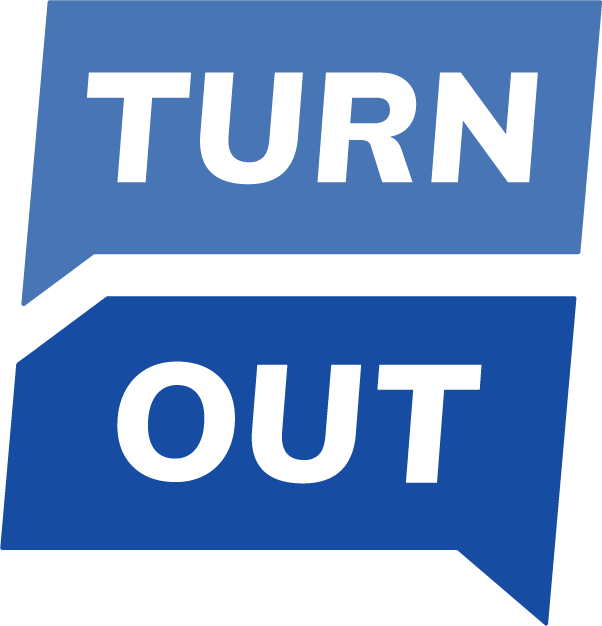In 2018, Progressive Turnout Project worked in 104 competitive races across the country — and our Field Representatives were on the ground in 18 battleground congressional districts.
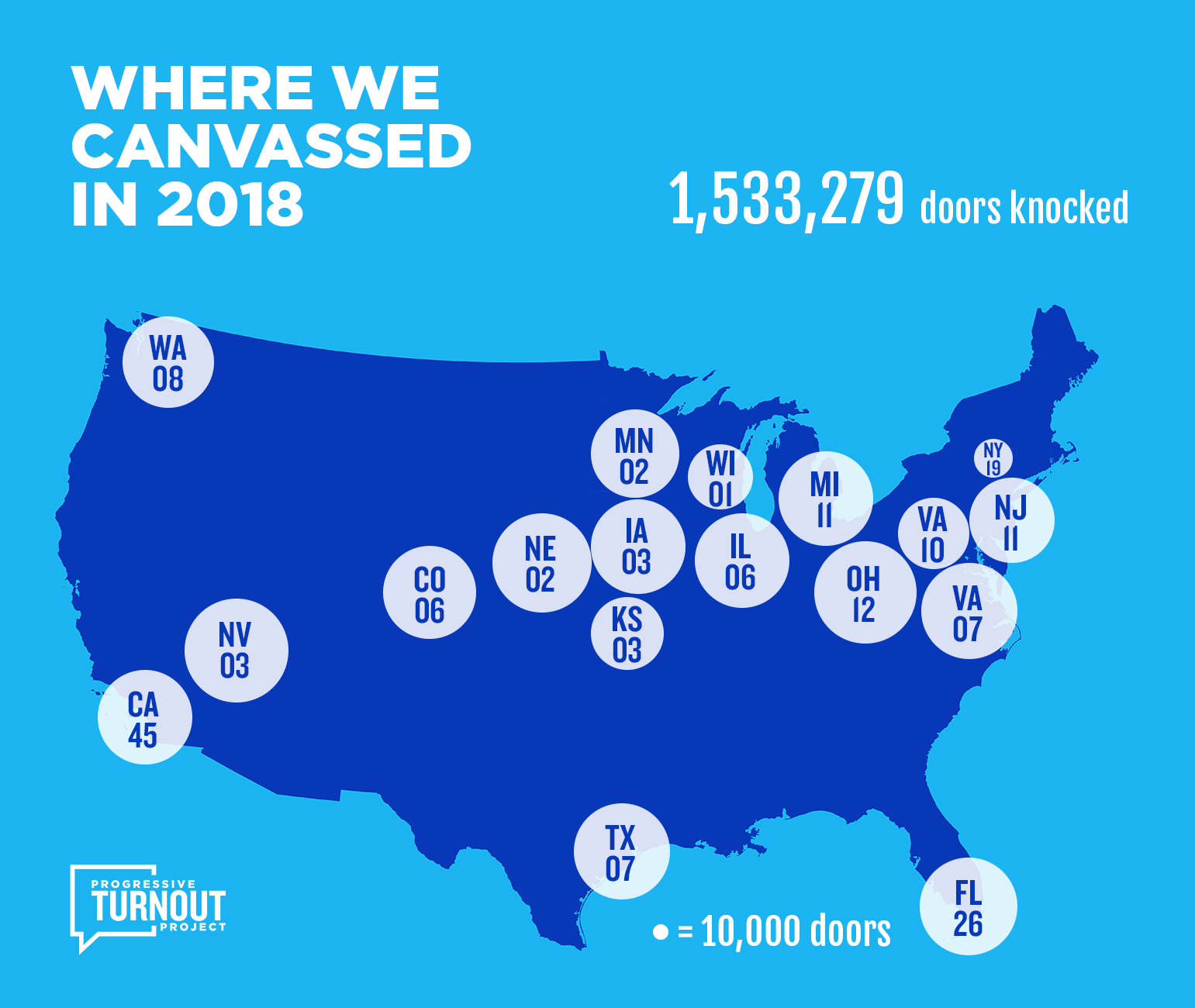
On average, our work boosted voter turnout by 11 percent in these districts. And 15 of those districts flipped from red to blue, helping put Democrats back in control of the U.S. House.
So how did we accomplish that? And how are we going to do it again in 2020?
Our mission is to elect Democrats, and that means sharing what works. Here are our lessons from the most recent election — with data to back them up.
1. Talk to voters
Connecting with voters one-on-one is at the heart of everything we do — because it works.
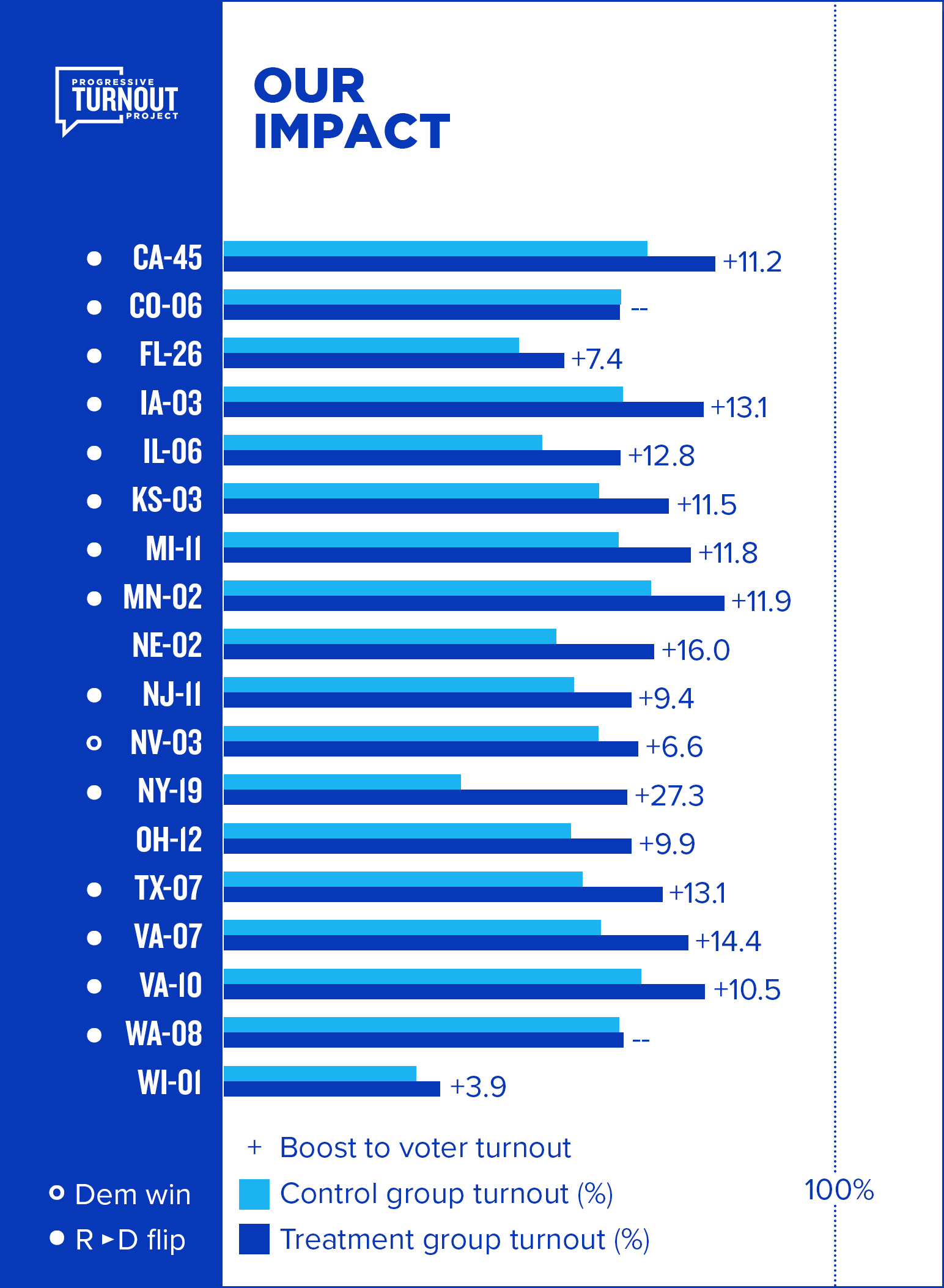
But what exactly is “talking to voters”? When our canvassers knock on a voter’s door, they’re equipped with a script. It goes something like this:
- Introduction: “Hi, my name’s Vanessa. I’m speaking with neighbors here in Las Vegas. Is Mary available?
- Explanation: “We’re going door to door to speak with voters like you because we’re doing a study on voter turnout in Las Vegas.”
- Discussion: “How likely are you to vote?” “Why is voting important to you?”
- Ask: “Can we count on you to vote in this upcoming election by signing this commit to vote card today?”
You’ll notice we introduce this initial conversation as the start of a study — which it is. “The purpose is to get the voter thinking about voting,” our 2018 cycle Data & Analytics Director, Connie Gao, said.
The other goal for this first visit is to walk away with a signed commitment to vote. We call this a CTV, and it looks like this:
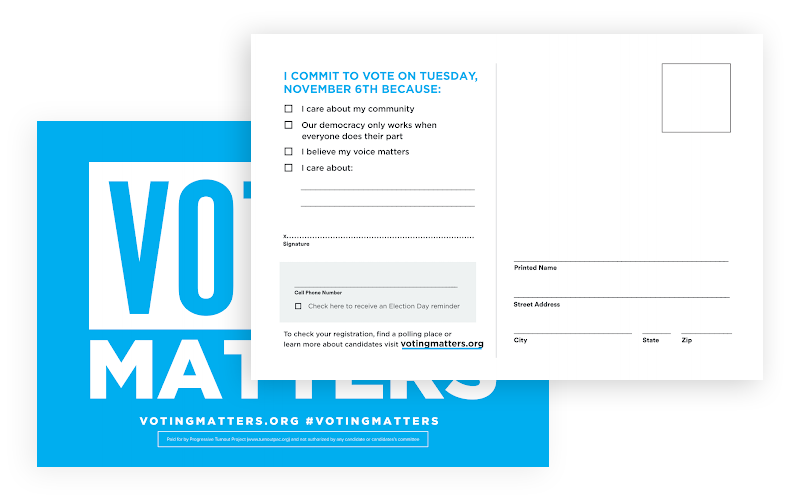
And although we write a script, it also includes room for conversation: we want to talk with the voter, not at them. After all, this initial knock on the door is just the start of a beautiful relationship. Our Field Reps will be in touch with the voter at least a few more times before Election Day:
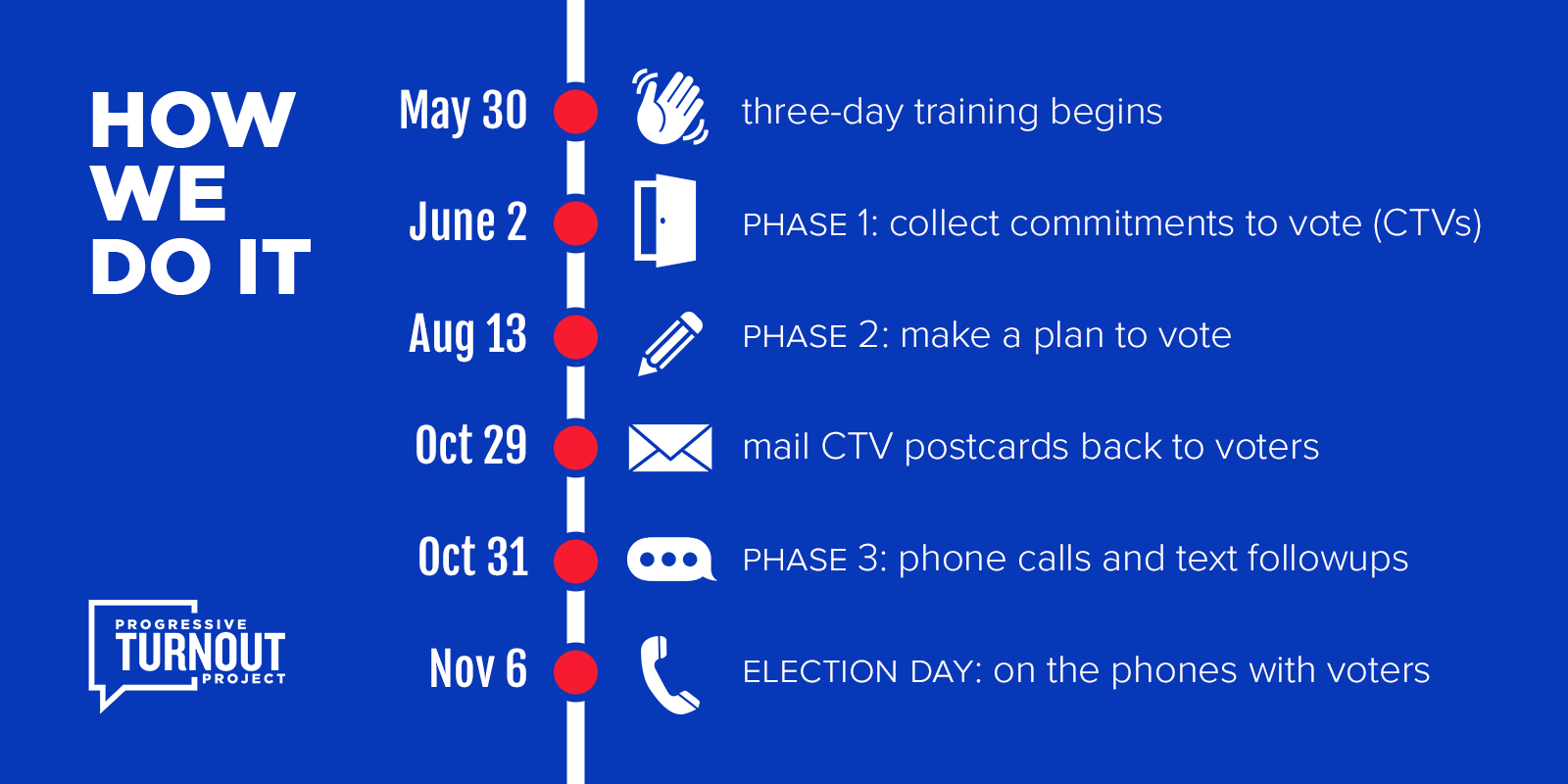
After meeting a voter for the first time, our Field Reps mail a hand-signed thank-you note with a message thanking them for taking the time to talk about voting. This reinforces the conversation, even if the voter declined to sign a commitment to vote.
Read more: An example of a conversation with an infrequent Iowa voter 2016 →
2. Use all the data and tools you can
Of course, we don’t knock on doors blindly. We select districts where we think we can make a difference (more on that below), and target homes with Democrats who are also infrequent voters. That’s how you make the biggest impact.
Then, we randomize our voter universe and split it into two groups: control, those voters we won’t contact, and treatment, the voters we will. Yep, it’s a scientific process — we want useful data, after all, so we can continue to improve and grow our programs.
How exactly does the treatment list get into a Field Rep’s hands? Well, if you’ve canvassed for a campaign before, you might have gotten a paper printout and a clipboard. We do things a little differently at Progressive Turnout Project.
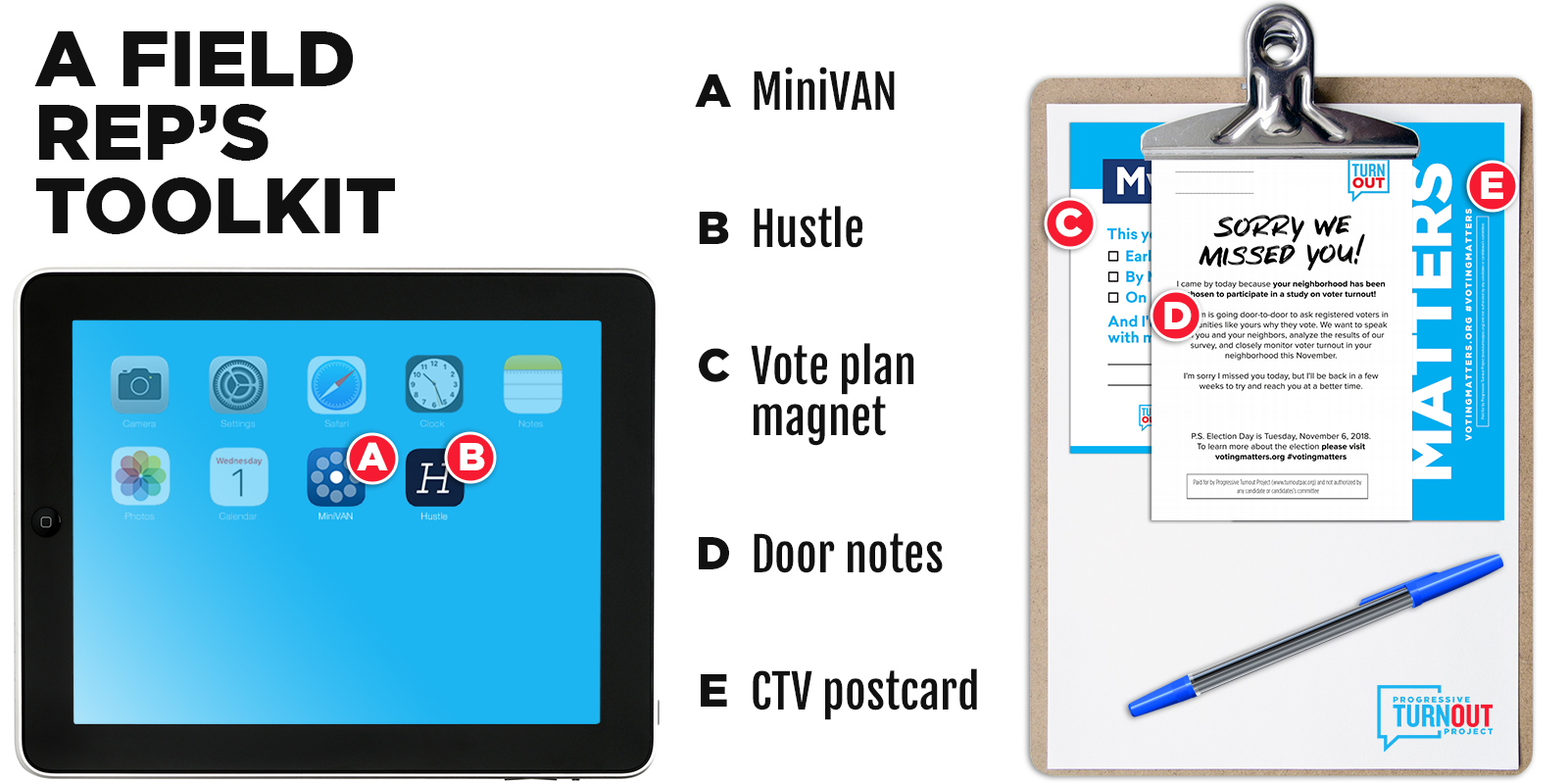
The iPad has two important apps on it.
MiniVAN, the mobile version of NPG VAN, has the voter lists, maps, scripts, and a way to record voters’ responses and notes. We also download the Hustle app, a tool for texting voters.
(One note: Some campaigns require workers to use their own phones and computers — but this iPad is PTP-issued, and for an important reason. We want the lowest possible barrier to entry for our Field Reps, so that we can hire a diverse staff representative of the voters they’ll be talking to.)
Also in the toolkit: gifts! Well, printed materials, anyway. The general idea here is that each time we contact a voter, we take something (e.g., a commitment to vote) and leave something (e.g., an “I’m a Voter” window cling). In addition to serving as reminders of the election, they reinforce the relationship.
3. Adapt
Of course, one size doesn’t fit all.
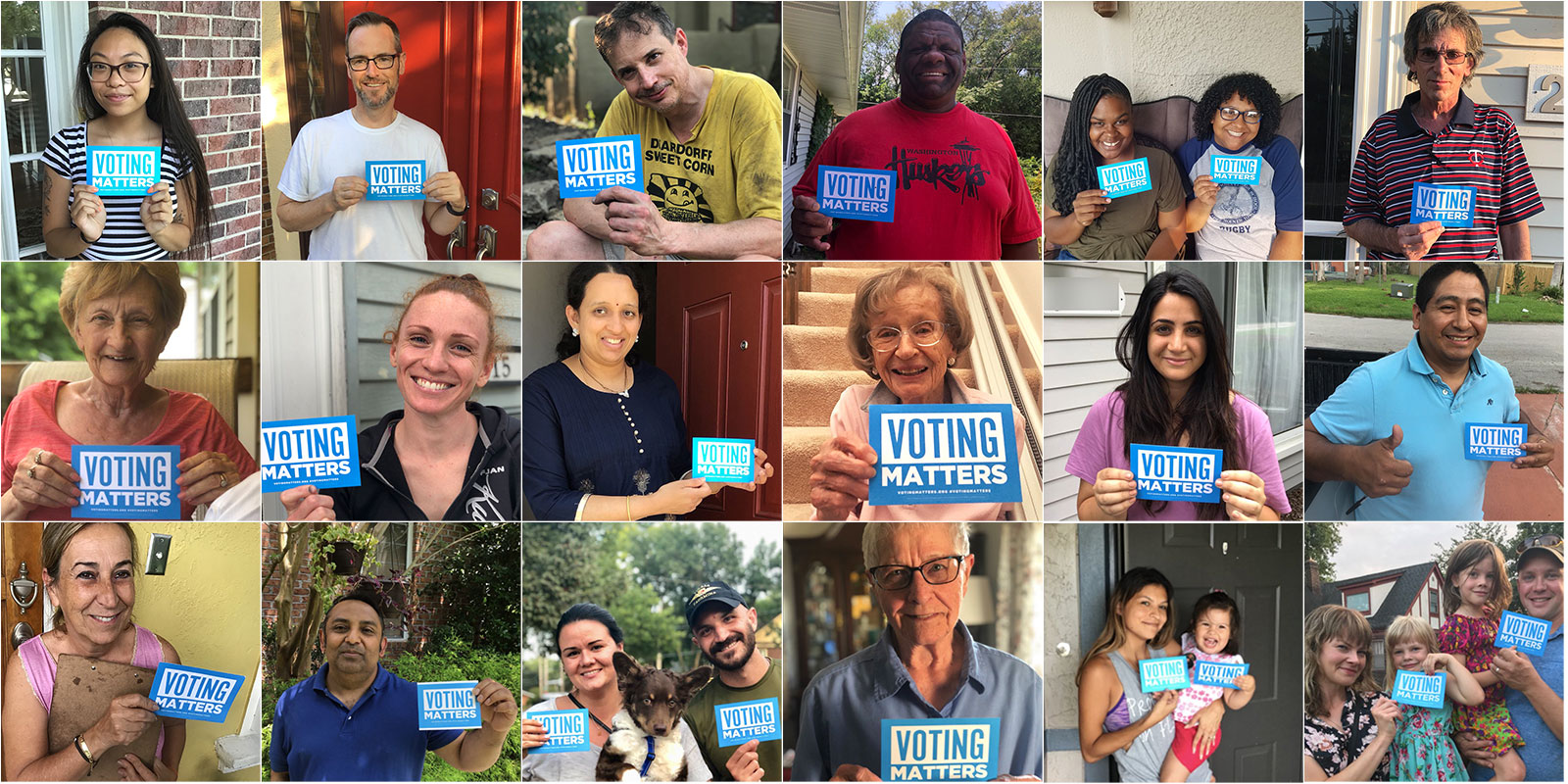
For example, two of our districts were in states (Washington and Colorado) that conduct all-mail elections. In those districts, we switch up the schedule a little so the CTVs are mailed back to voters before they receive their ballots.
There are other variables to adjust for:
- Have new voters registered over the summer? If they fit our criteria, we’ll add them to our study.
- Is the district rural? Our approach is optimized for homes that are close together, in an urban or suburban setting.
- How’s the weather? A little rain won’t stop us, but if it’s really pouring, our Field Reps can spend the day inside, texting or calling voters instead.
At Progressive Turnout Project, everything we do is based on data, and that means refining our tactics between cycles. One thing we’ll be changing for 2020: our texting strategy.
We got low response rates on texts in 2018, because we were trying to replicate our successful at-the-door conversations. But when you text back and forth, each reply is an opportunity for the conversation to just … end.
Going forward, we’ll be using texts to disseminate information, instead. It’s better to send one longish text with all the info the voter needs (polling place, times, etc.) that they don’t need to respond to.
4. Wear good shoes
You probably figured this out already, but with about 300 field staff knocking about 1.5 million doors, you’re going to be doing a lot of walking.
Talking to voters: effective GOTV and good exercise.
5. Go big
In 2016, we were on the ground in just six districts. We tripled that number for 2018.
We hired over 400 staff (Field Representatives and Fellows) and we were active in 104 total races, including districts that we targeted with our digital and mail programs.
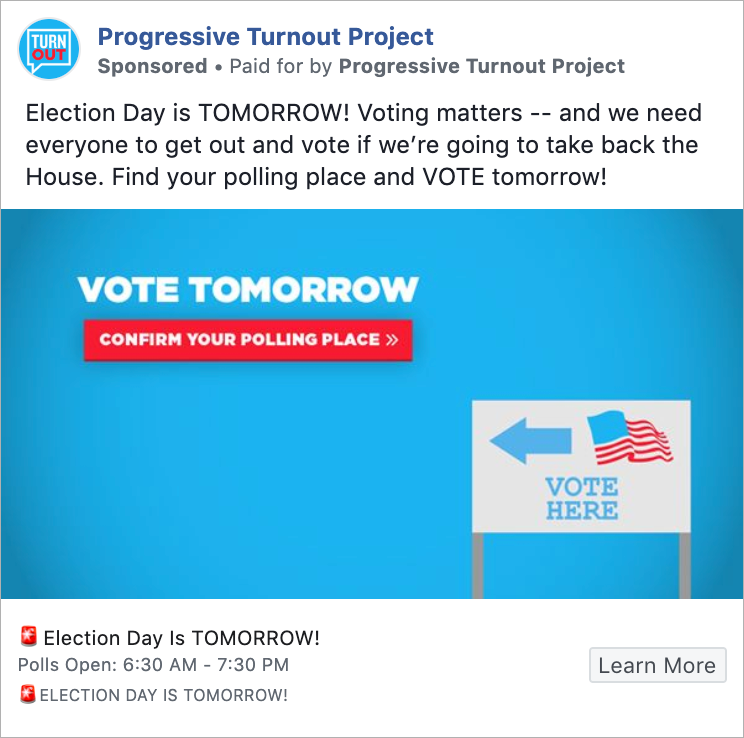
Digital ads and mailers supplement our canvassing and allow us to be active where we don’t have a field office.
So how do we choose which districts we’ll be active in?
We want to push the limits of where Democrats compete, “to make the blue wave as tall as possible,” as our National Field Director, Brian Koppe, put it. Of the 18 congressional districts where we were on the ground, 17 were Republican-held, 15 were “lean Republican” — but 15 had also voted for the Democrat in a recent presidential election.
In other words, we made aggressive selections that were still winnable.
What’s next?
We’re not waiting for 2020 — there’s a special election right now in North Carolina’s 9th district, and we’ve opened an office there. (Yes, we’re hiring!)
Going into 2020, we haven’t selected what districts we’ll be active in, but we know we’ll be working hard to defend and expand Democrats’ House majority. We’ll also be in battleground districts in states important for taking control of the Senate and electing a Democratic President.
Election day is November 3, 2020. We’ll see you out there.

